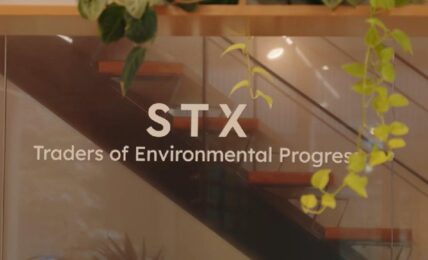
EU banking supervisor The European Banking Authority (EBA) announced the release of its final Guidelines on the management of ESG risks, setting out requirements for banks to identify, measure manage, and monitor ESG risks, and detailing requirements for banks’ plans to monitor and address the financial impact of risks, including those stemming from the EU’s transition to climate neutrality by 2050.
According to the EBA, the new guidelines were developed in line with the regulator’s roadmap on sustainable finance. Launched in late 2022, the roadmap sets out the EBA’s priorities and plans in the areas of sustainable finance and in supporting and monitoring the integration of ESG risk considerations in the banking framework, through key objectives that include risk management and supervision, treatment of exposures, and ESG risk and sustainable finance monitoring.
In a press release announcing the release of the new guidelines, the EBA said that the new requirements “will contribute to ensuring the safety and soundness of institutions as ESG risks intensify and the EU transitions towards a more sustainable economy.”
Some of the key aspects of risk management covered by the new EBA guidelines include requirements for banks to regularly perform materiality assessments of ESG risks supported by mapping of ESG factors and transmission channels to traditional financial risk categories, internal procedure requirements such as implementation of tools and methodologies to assess ESG risk drivers and consider their short-, medium- and long-term potential impact, and to have information management systems in place to identify, collect, structure and analyze ESG risk data.
The guidelines also state that bank’s internal procedures should provide for risk assessment methodologies covering exposure-based, sector-based, portfolio-based, and scenario-based risks, “put together in a way that allows institutions to comprehensively assess ESG risks over all relevant time horizons,” and that institutions “should embed ESG risks within their regular risk management systems and processes.”
The publication also includes guidelines for the development of plans to ensure resilience, including ensuring that the plans address forward-looking ESG risk management aspects, and “include objectives, actions and targets with regard to the business model and strategy of the institution.” Key content categories for plans outlined in the guidelines includes strategic objectives and roadmap of the plans, targets and metrics, governance structure, including renumeration policies, implementation strategy, and engagement strategy.
The new guidelines will apply for large institutions beginning in January 2026, and for small and non-complex institutions one year later.
In the publication, the EBA said:
“ESG risks, in particular environmental risks through transition and physical risk drivers, pose challenges to the safety and soundness of institutions and may affect all traditional categories of financial risks to which they are exposed. To ensure the resilience of the business model and risk profile of institutions in the short, medium and long term, the guidelines set requirements for the internal processes and ESG risk management arrangements that institutions should have in place.”
Click here to access the new guidelines.

